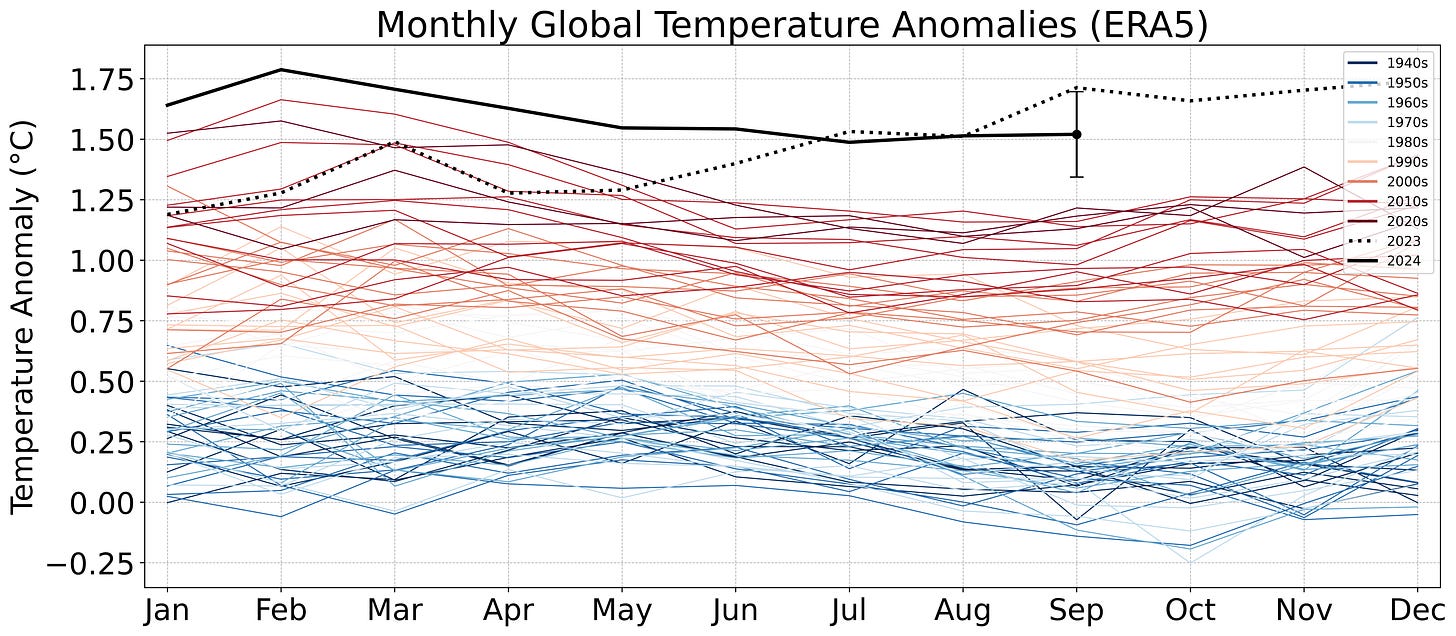Fluids, Vol. 9, Pages 146: Experimental Study of Oil–Water Flow Downstream of a Restriction in a Horizontal Pipe
Fluids doi: 10.3390/fluids9060146
Authors: Denghong Zhou Kanat Karatayev Yilin Fan Benjamin Straiton Qussai Marashdeh
This work presents an experimental study on oil–water flow downstream of a restriction. The flow pattern, volumetric phase distribution, and their impacts on pressure drop are discussed. We employed two techniques to visualize the oil–water flow patterns, a high-speed camera and an Electrical Capacitance Volume Tomography (ECVT) system. The ECVT system is a non-intrusive device that measures the volumetric phase distribution at the pipe cross-section with time, which plays a critical role in determining the continuous phase in the oil–water flow, and therefore the oil–water flow pattern. In this study, we delved into the oil–water flow pattern and volumetric phase distribution for different valve openings, flow rates, and water cuts, and how they impact the pressure drop. The experimental results have demonstrated a strong relationship between the oil–water flow pattern and the pressure gradient, while the oil–water flow pattern is significantly influenced by the flowing conditions and the valve openings. The impacts of water cuts on the oil–water flow pattern are more obvious for smaller valve openings. For large valve openings, the oil and water phases tend to be more separated. This results in a moderate variation in the pressure gradient as a function of water cuts. However, it becomes more complex as the valve opening decreases. The pressure gradient generally increases with decreasing valve openings until the flow pattern becomes an oil-in-water dispersed flow. The impact of the valve on the pressure gradient is more pronounced in water-dominated flow when the water cut is above the inversion point, while it seems to be most obvious for medium water cut conditions.

 2 months ago
18
2 months ago
18


